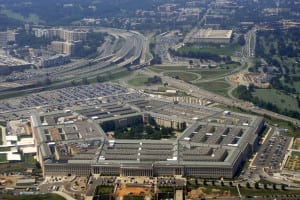
Last year’s defense authorization bill contained new authorities that allowed the Defense Department to hire information technology talent for a short term basis, but lawmakers may need to expand that law to empower those employees to make real changes at the Pentagon, a key department official said March 22. The department’s IT and cyber enterprises are benefiting from changes in statute that make it easier to hire tech professionals and send their own employees to learn best practices from commercial…













